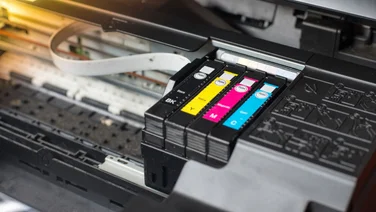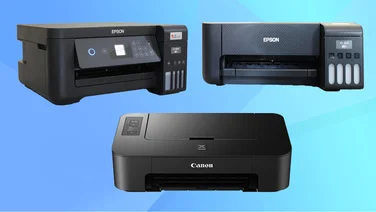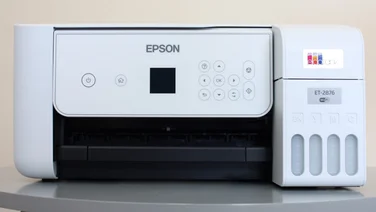To help us provide you with free impartial advice, we may earn a commission if you buy through links on our site. Learn more







We’ve reviewed a number of Eye-fi cards over the years and found them to be handy little things. They add Wi-Fi capability to your digital camera, so you can transfer pictures automatically and without cables. Early models concentrated on copying your photos to your PC when you got home, but the new Mobi cards are primarily designed to send photos quickly to your smartphone, so you can then share them with the world (or just your mum).

It’s worth noting that many new cameras come with Wi-Fi built-in, while most people will just make do with their smartphones. However, the vast majority of cameras out there, and even some brand-new DSLR models, don’t have wireless features, so the Wi-Fi Mobi is a great way to share those (often superior-looking) photos with friends while out and about. It’s compatible with the vast majority of cameras, with Eye-Fi working with the top 10 manufacturers, check Eye-Fi to see if your camera is compatible.

The card is available in 8GB, 16GB and 32GB versions. It’s really easy to setup, you simply download the app (Android or iOS) and tap in the ten-character code printed on the back of the card’s plastic case. Pop the card in your camera, and have a quick check of the menus to see if it has an Eye-Fi mode, where you usually get an onscreen icon to show when its transmitting plus the camera won’t go to standby in mid-transfer.
Then it’s as simple as popping in the card and shooting a few pictures. About 30 seconds after you’ve shot them the card connects to your smartphone and pictures are transferred at around 1-1.5MB/s – so around one pic every three seconds for the 5MB JPEGs from our 16-megapixel CSC.

It only transfers JPEG files, with no support for RAW formats, but the more common video file formats are supported (file sizes of up to 2GB only) such as MOV, MP4 and AVI. It works best with a single device, as each picture is only transferred over automatically once, and can’t be pushed over from the camera again.
The Android and iOS experiences do differ somewhat, and it’s not good news for Apple users. On Android everything is super-smooth, the card will push your phone off whatever Wi-Fi it’s connected to, send over the pics and then the phone will reconnect, and you need do nothing. On iOS that isn’t possible, if your phone is on Wi-Fi you’ll have to manually connect it to the card instead and keep the app open while transferring, something that will occur in the background on Android.

Once your pictures are copied over, you can then easily select individual shots, or multiple ones, and share them in any of the usual ways you have setup on your phone – email, Facebook, Twitter etc. You can then choose to add filters, crop the image or use a one-click enhancement tool (which boosts colours). Such changes don’t affect the original saved image, either on the phone or in the camera.

As the camera automatically transfers all the pictures you take, you will see an impact on the battery life of your phone. However, it could be argued that this is also saving battery as you’re not getting your phone out to take extra shots just for sharing. If you buy a big card, then you could easily fill your phone with images, though you can choose to save incoming images to a memory card if your device has one. You can delete images out of the app easily, just select-all and hit delete.
How you use the card is up to you. You could let the camera copy all the images for a day to your smartphone and then upload them all (once you get home presumably) from there to your chosen online storage service with a couple of quick taps. Then you can simply delete them all and wipe the camera’s memory card. Alternatively you could just share a couple of shots, delete the rest, and copy the images on the Eye-Fi card to your PC, laptop or NAS as per usual.
In this respect it’s both flexible and simple, bringing older cameras bang-up-to-date whether you want simple mobile sharing or cloud storage archiving. The card itself is no slouch with a Class 10 write speed of 23MB/s, though it’s certainly not cheap, the least we could find a decent-sized 16GB card for was £42. However, if you have a really good old camera, such as a DSLR, and only shoot in JPEG, then updating it to get the convenience of Wi-Fi is well worth the money.
It’s a little tough to find but head to Amazon to get the 16GB card for £42.
| Details | |
|---|---|
| Price | £42 |
| Rating | **** |






